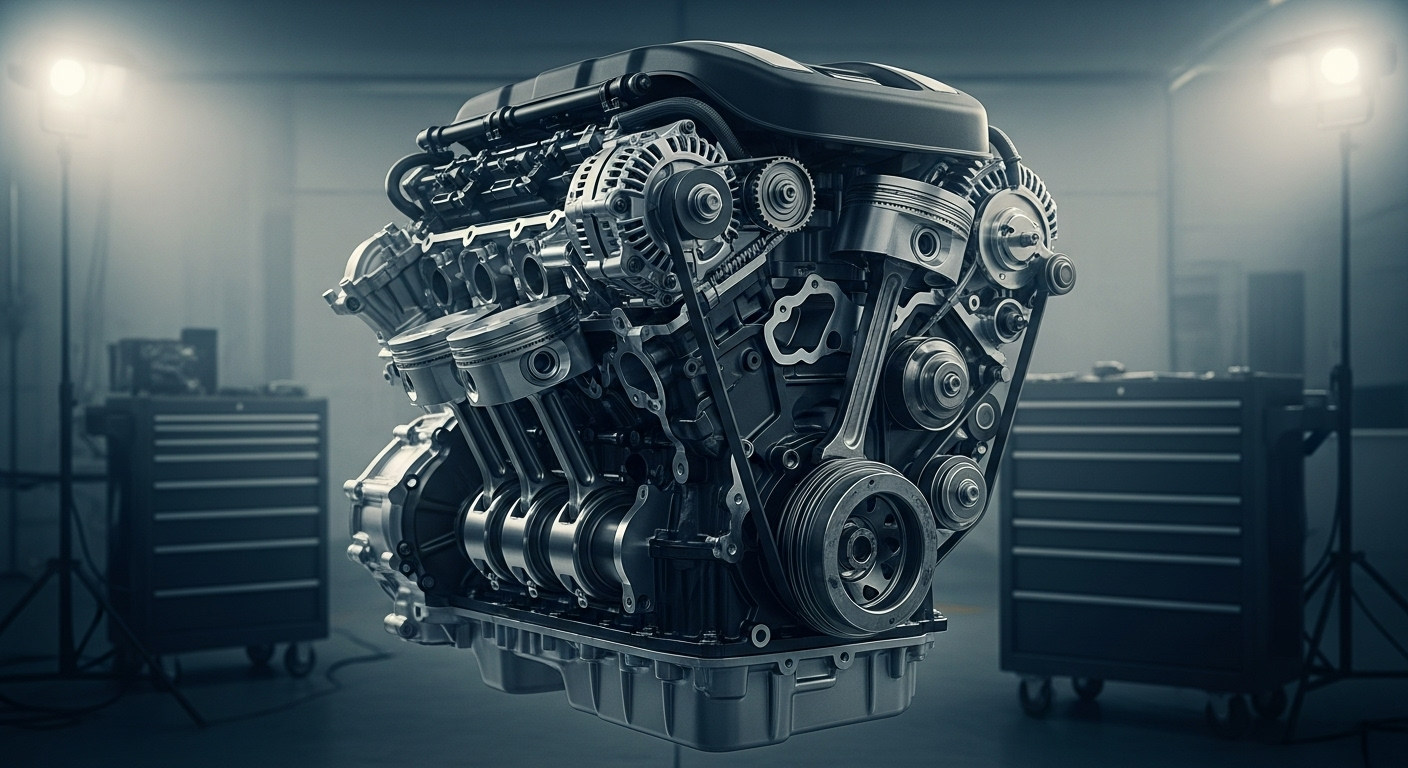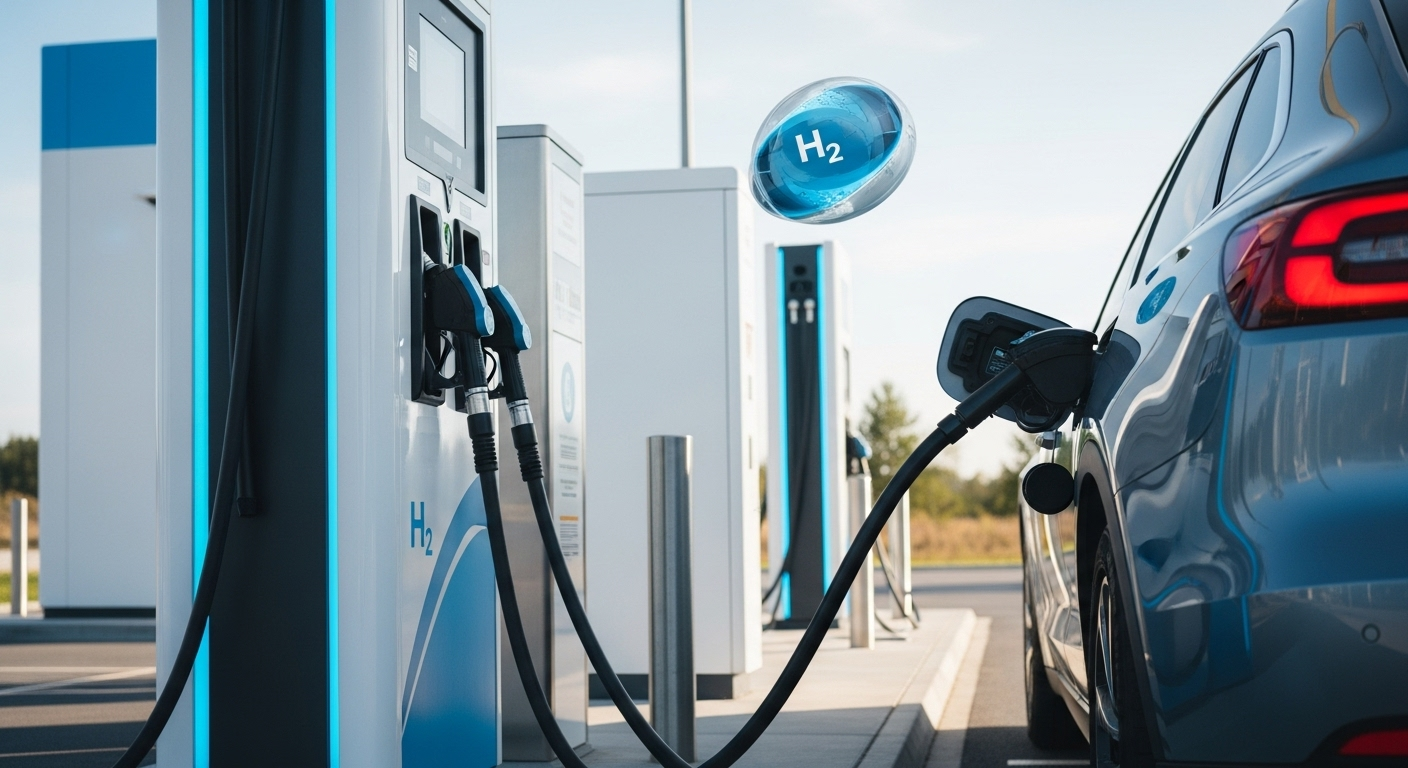The Innovative World of Variable Compression Ratio Engines
In the ever-evolving landscape of the automotive industry, one technological marvel is quickly gaining attention—variable compression ratio (VCR) engines. This isn't a brand-new concept, as automotive engineers have toyed with it for decades. However, it's only now that we are seeing it become a practical reality. Groundbreaking in its mechanism and efficiency, the VCR engine stands as a testament to human ingenuity and the endless pursuit of automotive perfection.

The Genesis of Variable Compression Ratio Engines
The VCR engine concept is as old as the internal combustion engine itself. The idea was first proposed in the late 19th century as a means to enhance engine efficiency. However, it was not until the 21st century that the technology became practically feasible. The earliest successful implementation of a VCR engine was by the Swedish company Cargine Engineering, but it was Nissan’s VC-Turbo engine, introduced in the Infiniti QX50 in 2018, that garnered the most attention.
How Does a Variable Compression Ratio Engine Work?
Traditional internal combustion engines operate at fixed compression ratios, which are a key factor in determining engine performance. A high compression ratio offers excellent fuel efficiency but may lead to engine knocking. Conversely, a low compression ratio prevents knocking but sacrifices fuel efficiency.
The VCR engine cleverly sidesteps this issue by altering the compression ratio based on driving conditions. It uses a multilink system to adjust the piston’s stroke length, thereby changing the compression ratio. When maximum power is needed, the engine operates at a lower compression ratio. Conversely, during light-load conditions, the engine switches to a higher compression ratio for optimal fuel efficiency.
Current Trends and Industry Adoption
The automotive industry has been eager to adopt VCR technology due to its potential to enhance fuel efficiency and reduce emissions without compromising performance. Nissan’s VC-Turbo engine, for instance, delivers the performance of a six-cylinder engine with the efficiency of a four-cylinder one.
Other major players, like General Motors and Mercedes-Benz, are also investing in VCR technology. These companies are developing their own versions of VCR engines, aiming to incorporate them into their future models.
The Impact and Challenges of VCR Technology
The benefits of VCR engines are significant. They offer improved fuel efficiency, enhanced performance, and reduced emissions. However, the technology also faces challenges. The primary one being the complexity and cost of the engine. VCR engines require intricate mechanical systems that can be expensive to manufacture and maintain.
Moreover, the rise of electric vehicles poses a potential threat to the future of VCR engines. With the automotive industry moving towards electrification, the demand for internal combustion engines, including VCR engines, might decrease.
Final Thoughts
Despite the challenges, the variable compression ratio engine represents a significant leap forward in internal combustion engine technology. It encapsulates the inventive spirit of the automotive industry and its constant quest for better performance and efficiency. As we navigate the transition towards electric vehicles, VCR engines could play a pivotal role in bridging the gap and setting new standards in engine technology.




